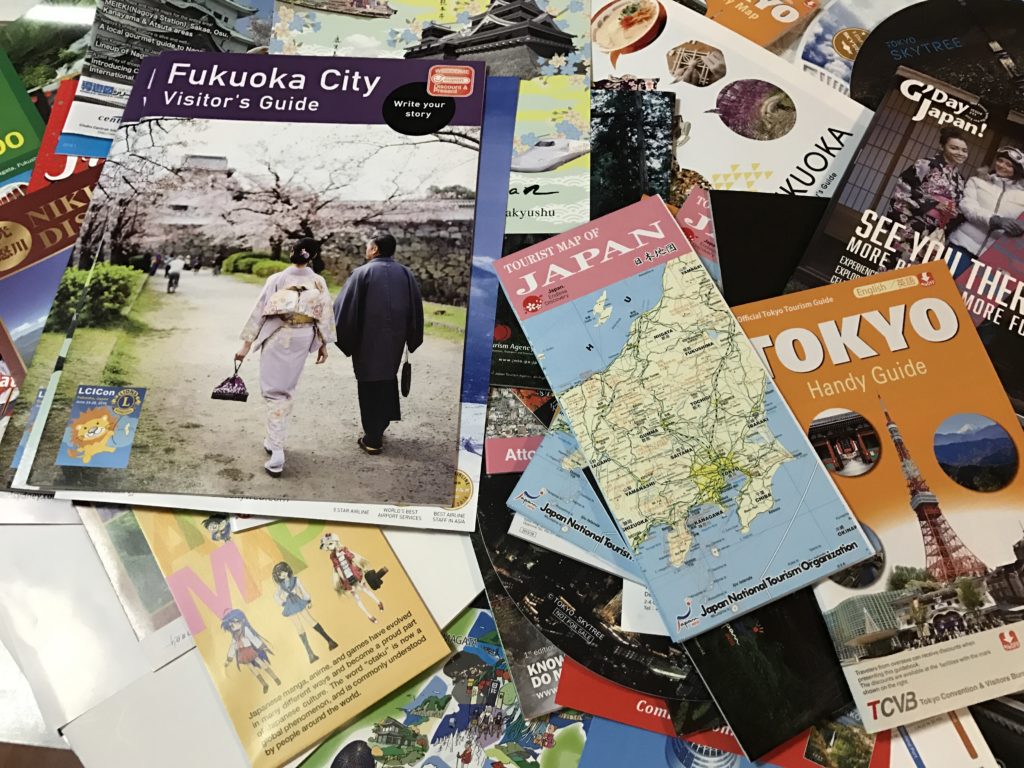Here is a special trip that we have been waiting for years: Japan. Honestly, this destination wasn’t on my bucket list until Marcelo convinced me, bit by bit, that this is a must do. The blend of traditional and modern in their culture is fascinating. There is so much to see and do. It is hard to decide where to go, as we simply do not want to miss anything. After a few months of research, we came up with an itinerary to travel during the Japanese Spring to enjoy the beauty of their world-famous cherry blossom (called Sakura in Japanese). Check out our notes about the journey of planning a trip to Japan. Yes, the planning by itself was already an enriching experience. =)
Sydney Matsuri Festival
Going to Sydney Matsuri Festival was the first step to working concretely on our trip planning. Actually, we went to the festival only to warm up for our trip to Japan, but, to our surprise, there were many stalls dedicated to tourism, which was useful for us. In the end, we got home with heaps of brochures and maps to get started with our plans.
Whether you are planning a trip to Japan or just like the Japanese culture, you should go to Sydney Matsuri Festival to have a great time. There are nice performances, good food stalls, and artisanal products for those who love souvenirs.
Japan Entry Requirements
Once we decided that Japan would be our next destination, we checked the “Japanese Consulate in Sydney” website to ensure we were meeting all the requirements for the visitor’s visa. The first thing you need to check is whether you are required to apply for a short-term stay visa in Japan. As of February of 2017, there are 67 nationalities exempted from this type of visa. Unfortunately, Brazilian passport holders have to submit a visa application even for tourism purposes.
If you are lucky not to be required to apply for a short-term stay visa, you should check their website to ensure you are taking the right documents with you when entering the country.
For those who, like us, are required to submit a visa application, it is important to follow the Application Periods Schedule available in the Japanese Consulate Website. Please note that all our links redirect to the Consulate of Japan in Sydney.
If you submit your documentation on the first week of the schedule, prepare to wait for at least a couple of hours in the Consulate premises (usually, it is a busy week). Once you submit the application, the consulate will hold your passport until the process is finished. Our passports were released within 5 business days, which is the minimum waiting period, with the Japanese Visa stamp on them.
Sakura Forecast
Our next step was to make sure we wouldn’t miss the cherry blossom season (sakura, in Japanese). Its length is relatively short and varies year to year, depending on the current weather conditions.
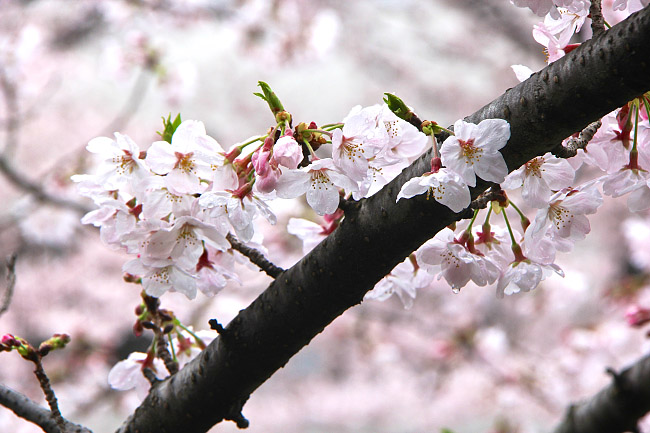
Start checking the Cherry Blossom forecast in late January to have an idea about the blooming dates across Japan.
Spring was our choice as we expect a delicate scenery with the full bloom. However, the landscape in Japan changes drastically in every single season, and it’s always beautiful. Pick one to get started with, and I am sure you will be tempted to go back later to experience the place in another time of the year.
Itinerary for Our Trip to Japan
The 2017 Cherry Blossom forecast was released in early February. At that stage, we had already decided the main cities we would like to visit, so, we organised our itinerary based on the blooming dates:
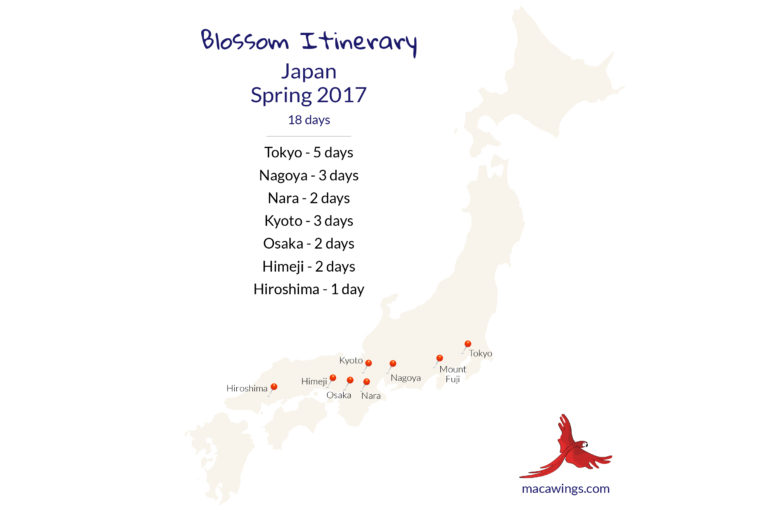
The 5-day stay in Tokyo includes a day trip to Mount Fuji, a few temples, and parks to enjoy the Sakura.
We have a sketch of our daily activities, and we spared a couple of “free” days to rest or include some last-minute discovery to include in our route. The Japan-guide website is packed with information in English for all kinds of destinations in Japan. Using it together with the Lonely Planet Japan travel guide, we managed to organise most of our route and activities.
Where to Stay in Japan
For a full immersion in a traditional Japanese experience, try to book at least one night in a ryokan (traditional Japanese inn). If you just need a place to stay overnight to rest, though, there are plenty of properties available on Airbnb and business hotels around the main train stations.
We have booked most of our days in business hotels and will spend 4 days in Tokyo in a property found on Airbnb. We will update you soon about accommodation in Japan.
Getting around Japan
When travelling, we usually rent a car to explore the surroundings, but this time, we chose to use public transport only. It looks like you can do a lot relying on the Japanese railway, so we will give it a try and let you know how it goes.
The train fares can bite a big part of your budget, but you can save some money by ordering the Japan Railway Pass for visitors. The ticket provides unlimited travel on the JR Network, including bullet train travel (Shinkansen). You have a choice of 7, 14 or 21 days. Some lines are not covered by the JR Pass, so be prepared to cover occasional extra expenses for railway fares.
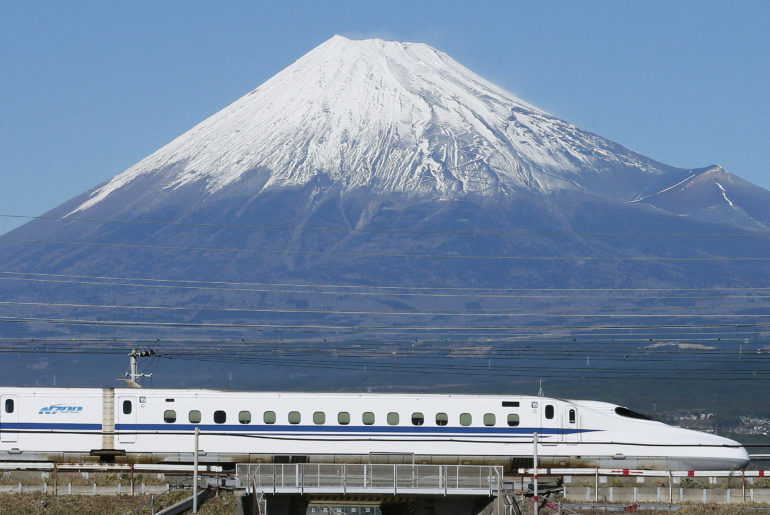
Make sure you order your JR Pass online prior to your trip to Japan as it is impossible to issue it from there. We ordered ours from Japan Railway Pass Now’s website. Apparently, there are other authorised agents in Australia. You will receive a voucher by mail that will be exchanged for the proper ticket in Japan.
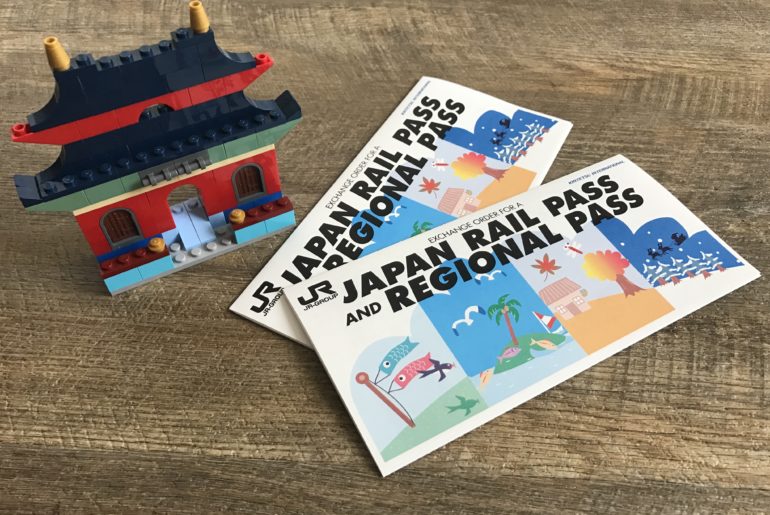
Useful Tips for Planning a Trip to Japan
One of my concerns when planning a trip to Japan was the language. We are not familiar with Japanese at all and we hope to survive this adventure. To minimise our challenges, we have made the following downloads:
- Offline Japanese-English translation on Google Translate App (Settings/Offline translation), available for iOS and Android.
- Navitime for Japan Travel: an app to help you understand the Japanese railway and create routes between stations. It is also available in English.
- Advanced data usage tracker Smart App. Available for iOS devices only. To track 3G or Wi-fi usage.
- Lonely Planet Japan travel guide in pdf.
Finally, here is a checklist we have made to make your life easier in Japan:
- Power adaptors (same model as the United States’)
- Food guides
- Hand maps
- Pocket wi-fi ordered from eConnect Japan (you can also order a SIM card from them)
- Make sure that your electrical equipment is compatible with the voltage in Japan. They use the 100V equipment
Of course, don’t forget your cameras and a nice souvenir from your hometown in case you are staying in a family house. =)
We are really excited about our trip, and we will be back soon to tell you how it was. Please share with us any valuable tip about travelling to Japan you might have.
Talk soon 😉


